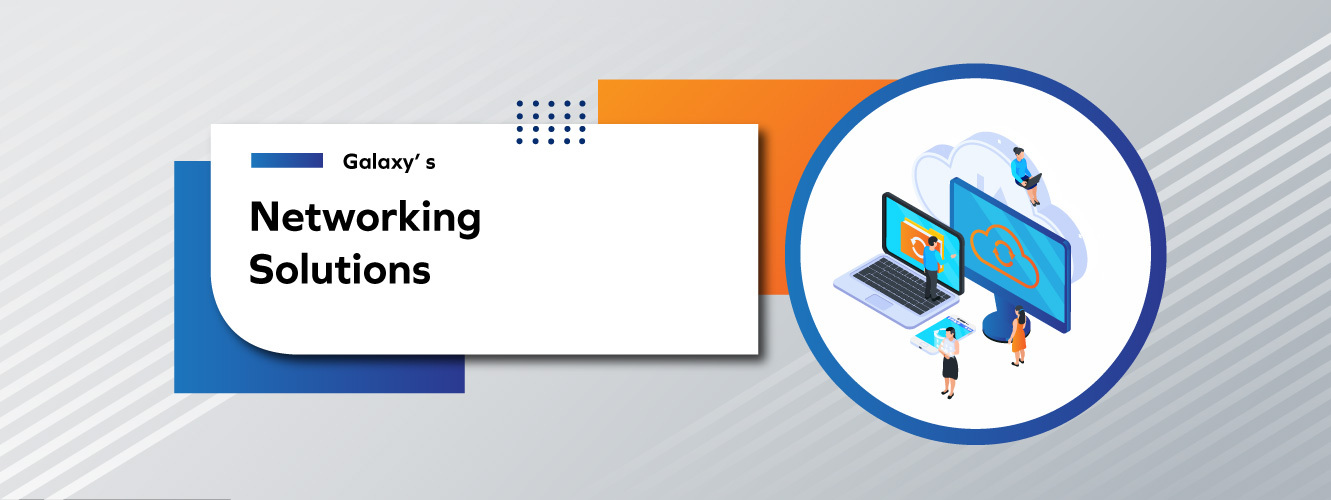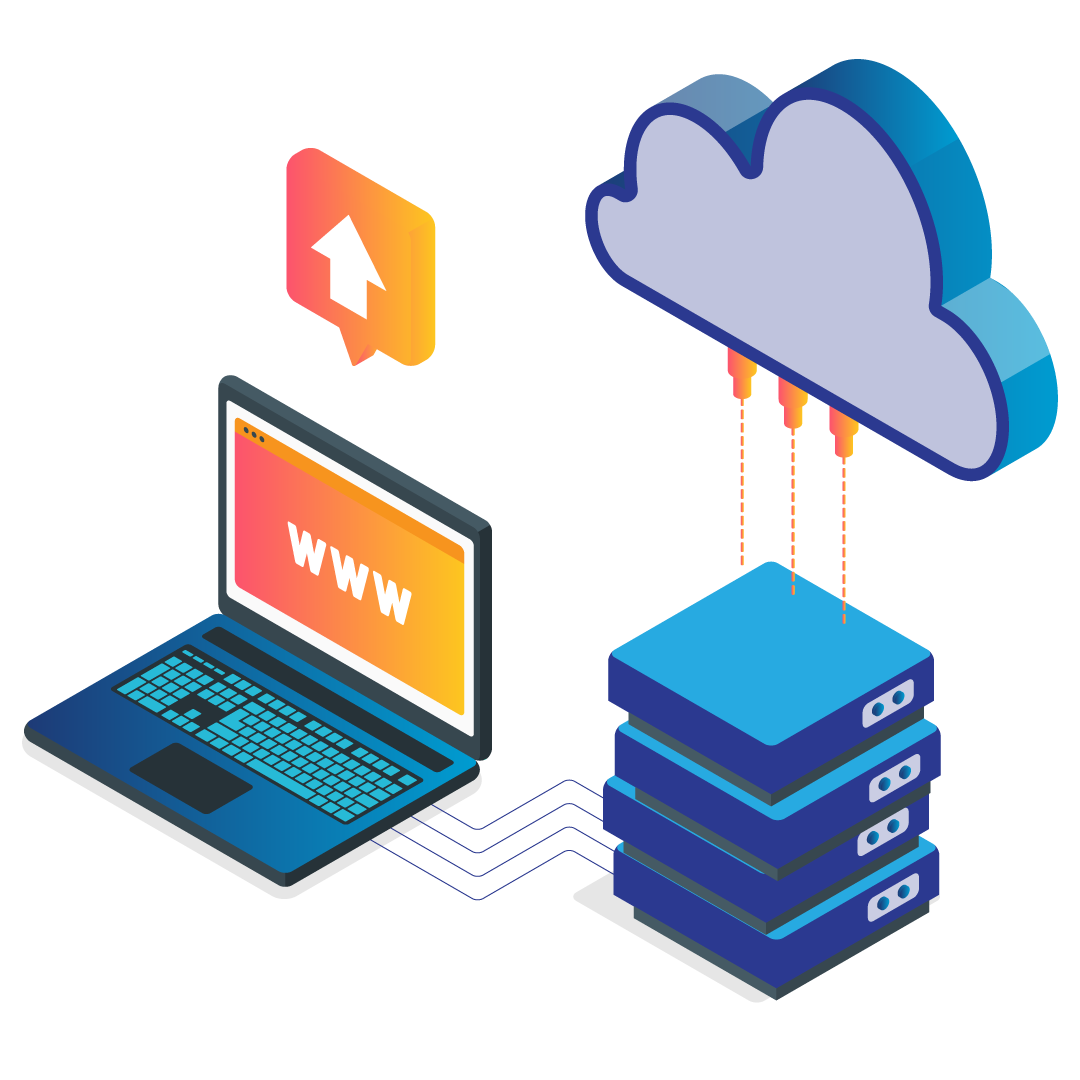

Best Networking Solutions company in India

Routing & Switching
Router and Switch both are network connecting devices. Router works at network layer and is responsible to find the shortest path for a packet whereas Switch connects various devices in a network. Router connects devices across multiple networks. The function of Switching is to switch data packets between devices on the same network (or same LAN - Local Area Network). The function of Routing is to Route packets between different networks (between different LANs - Local Area Networks).

Wireless Networking
Wireless Network is a computer network that uses wireless data connections between network nodes. It is a method by which homes, telecommunications networks and business installations avoid the costly process of introducing cables into a building, or as a connection between various equipment locations. Types of wireless networks are PAN (Personal Area Network), LAN (Local Area network), MAN (Metropolitan Area Network), WAN (Wide Area Network)

Load Balancer
It is a device that acts as a reverse proxy and distributes network or application traffic across a number of servers. Load balancers are used to increase capacity (concurrent users) and reliability of applications. Load balancing can optimize the response time. Types of Load Balancer are Application Load Balancer, Network Load Balancer, and Classic Load Balancers.

NAC
Network Access Control, or NAC, is a security solution that controls access to your network. With Network Access Control, devices that are connected to the network are visible and access can be managed through policy enforcement on devices and users of the network. NAC systems can play a vital role in automatically identifying devices as they connect to the network and providing access that does not potentially compromise security.

Collaborations
Collaborative security is an abstract concept that applies to a wide variety of systems and has been used to solve security issues inherent in distributed environments. Thus far, collaboration has been used in many domains such as intrusion detection, spam filtering, botnet resistance, and vulnerability detection.

SDN
The goal of software defined networking is to enable cloud and network engineers and administrators to respond quickly to changing business requirements via a centralized control console. SDN encompasses multiple kinds of network technologies designed to make the network more flexible and agile to support the virtualized server and storage infrastructure of the modern datacentre. One of the Software Defined Datacentre Solution in the form of Software-defined networking is set to change networks for good. Local area networks, wide area networks, datacentre networks, and service provider networks are becoming more intelligent, programmable, and automated. In time, they’ll be centrally controlled through software and no longer manually configured at the device level. Networking devices are themselves changing to be an active element of this software-based environment. The potential implications – and benefits – of this for your business are considerable. But every user organization is unique and, to a certain extent, so is every network. Galaxy can help you understand the developments of software-defined networking within the context of your business objectives and map the best way forward.
A well-implemented software-defined networking (SDN) strategy will help your organization in the following areas

Data Center
To manage the high degree of change necessary on the network to support virtual workloads, reduce the complexity of the network in the datacentre, and allow for automation and orchestration of network configurations

Campus Network
To provide context-based unified wired and wireless access for improved management of the connected users and an improved security posture

Wide Area Network
To provide dynamic virtual private network connections on demand, which could be used for a variety of purposes, including a cloud connector that dynamically connects to a cloud provider on demand
Our Partners

